On Monday, February 14, Canadian Prime Minister Trudeau invoked (used a law) called the Emergencies Act. This act was created in 1988 and it's the first time in the country's history it has been used. And with good reason.
The Emergencies Act gives the federal government extraordinary powers to deal with a moment of crisis. Though the powers are only temporary, no government wants to be seen as abusing them.
In this case, Trudeau was using the act to address a controversial protest—often referred to as the 'trucker convoy' or 'freedom convoy'—that had shut down Ottawa for over three weeks.
Let's look at what the act means, why it was created, and why some people feel concerned about it being used.
Rights and rules
The Canadian Charter of Rights and Freedoms protects many rights of Canadian citizens. (Getty Embed)
Generally speaking, citizens in Canada have a wide variety of laws that protect their rights. Examples include freedom of movement and of speech, the right to property, the right to a fair trial and protection against illegal imprisonment.
These and many other similar laws are mainly defined in the Charter Of Rights and Freedoms. The Charter is there to ensure that the government and police cannot simply do whatever they feel like. They have rules to follow, just like anyone else. And if following those rules takes time, then so be it. The most important thing here is the rights of Canadian citizens.
Extraordinary times
This record flooding in Calgary in 2013 led to a local state of emergency. Addressing a more nationwide calamity like this was one of the situations in mind when the Emergencies Act was created. (Getty Embed)
However, in moments of great crisis, these sorts of rules can make it more difficult for a government to respond. For example, the crisis could be an attempted insurrection (overthrow) of the government.
Or an invasion by an outside force.
Perhaps a truly enormous natural disaster or disease outbreak (we'll come back to this one).
These are the sorts of things where the safety of part or all of the country could be in jeopardy. It is an emergency.
Extraordinary powers
In 1970, Prime Minister Pierre Trudeau, Justin Trudeau's father, invoked something called the War Measures Act to address protests and revolt in Quebec. It was the only time the War Measures Act had been used in peace time and the decision was very controversial. The Emergencies Act was written in 1988 to replace this act. (Getty Embed)
This is what the government had in mind when it designed the Emergencies Act in 1988. The act covers four types of crisis:
- public welfare (natural disasters, disease)
- public order (civil unrest)
- international emergencies
- war emergencies
As long as the emergency is something that "seriously endangers the lives, health or safety of Canadians," the government can "take special temporary measures that may not be appropriate in normal times." Such as?
The government could decide that people can't come and go as they please because particular areas are dangerous. Certain public property might need to be controlled by the government briefly to address an issue. The government may choose to seize money or private assets that are being used by people who are contributing to the crisis.
For how long?
Trudeau annouces the use of the Emergencies Act in response to continued protests. (Getty Embed)
All in all, the exact powers that government is given by the act is not clear, though it states that the Charter of Rights and Freedoms still must be respected. And that these powers are only temporary. The act:
-
- can only last 30 days before it must be renewed
- must be approved within 7 days through a vote by Parliament
- can only be used to respond to a crisis that is temporary
- must be followed up by an inquiry (review) to make sure the powers were not abused
All of these rules were put in place to make sure that the Emergencies Act did not ever become a new normal.
Why was it used now?
After three weeks, the trucks parked in downtown Ottawa as a part of the protests showed no signs of leaving. They were also too difficult for the Ottawa police to move themselves. (Getty Embed)
The Emergencies Act has been a part of Canadian law for nearly 35 years and has never been used. Until now. So why not? And why now?
To answer the first question, it is because Canada is overall a remarkably peaceful, stable, and resourceful country. Though it has faced crises before—such as natural disasters and large protests and blockades—the country has been able to address these problems without needing to change how the government operates.
It is interesting to note that Trudeau's government actually talked with the provinces and territories back in April 2020 about the possible future need to use the Emergencies Act to help fight the spread of COVID-19. After meeting, it was decided that this should not be done. Everyone agreed that the usual government powers would be enough.
So why use it now during this current protest situation in Ottawa? In short, because it was a stalemate—an unchanging situation—and the city of Ottawa was being shut down as a result.
After three weeks, many involved in the protest had stated clearly that they had no intention of leaving until their demands were met. Ottawa police repeatedly stated that they were overwhelmed—that they didn't have the resources to move the transport trucks blocking the streets, and they needed federal help to end the standoff. And the government made it clear that while the protesters had a right to protest, their demands were deemed as unreasonable and went against the opinion of many Canadians.
To end the conflict, either the protesters needed to leave voluntarily or the government needed to step in and assist the Ottawa police in a way that was beyond normal.
The debate is not over
One of the last remaining trucks after the powers of the Emergencies Act were used to clear Ottawa's downtown. (Getty Embed)
As of Wednesday, February 23, Trudeau revoked—or ended—his government's use of the Emergencies Act. How do Canadians feel about it having been used? There is no easy answer.
According to polls, some Canadians feel that the protests had gone on too long and that Trudeau was right in using the act. Others support the protests and feel that Trudeau went too far. Others did not support the protest, yet still felt the Emergencies Act wasn't necessary to solve the problem. Like everything during this pandemic, opinions are strong and varied.
In total, the act was in place for just nine days—far less than the allowed month. But one point that has concerned many is that Trudeau—by being the first leader to ever use the act—will make it easier for future governments to use, and perhaps abuse, it.
This is called setting a precedent. From now on, leaders who will be tempted to use the Emergencies Act—and its sweeping powers—will be able to take how Trudeau used the act as an example. Will it be used to simply squash any situation that a future leader doesn't like?
For now, we'll have to wait and see what using the act now means for its future in Canada.
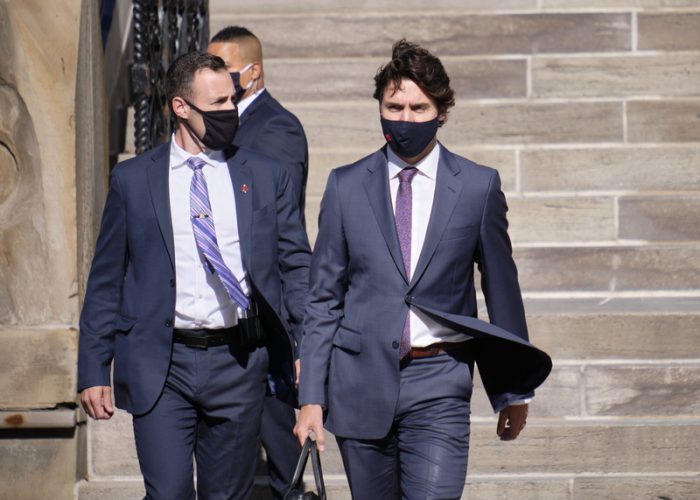 By being the first to use the Emergencies Act, Trudeau's government was briefly given extraordinary powers. (ID 197806244 © JuanFrancois | Dreamstime.com)
By being the first to use the Emergencies Act, Trudeau's government was briefly given extraordinary powers. (ID 197806244 © JuanFrancois | Dreamstime.com)


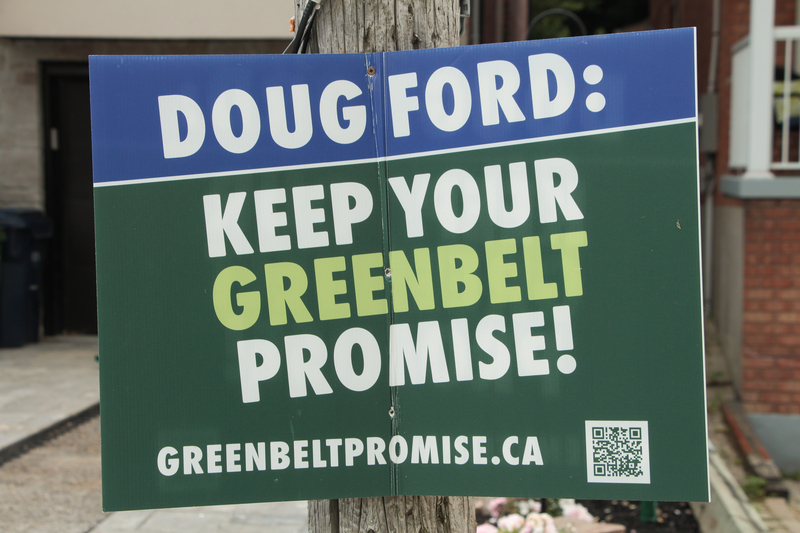
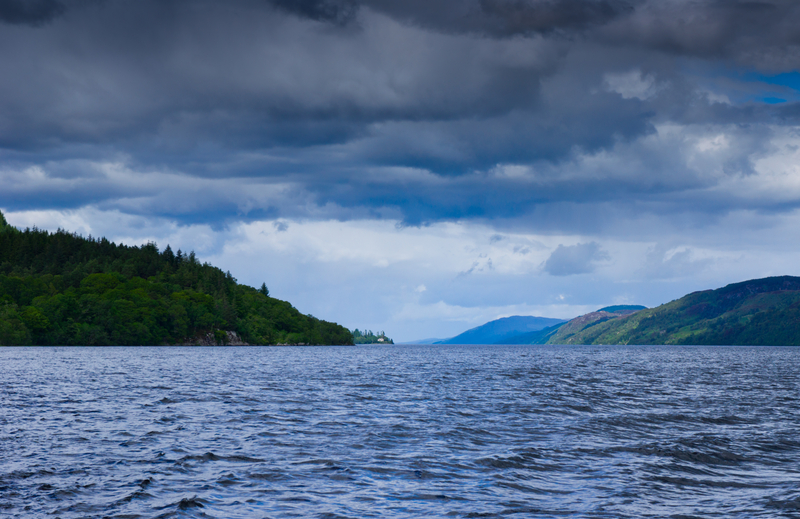




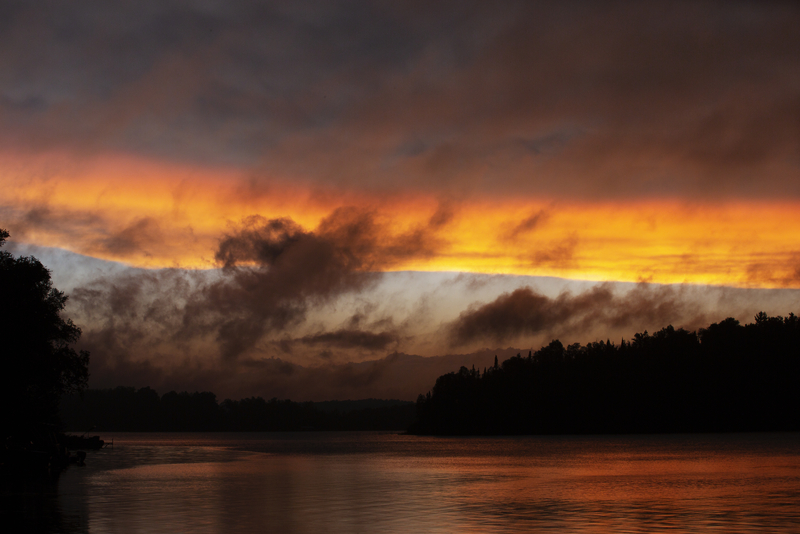
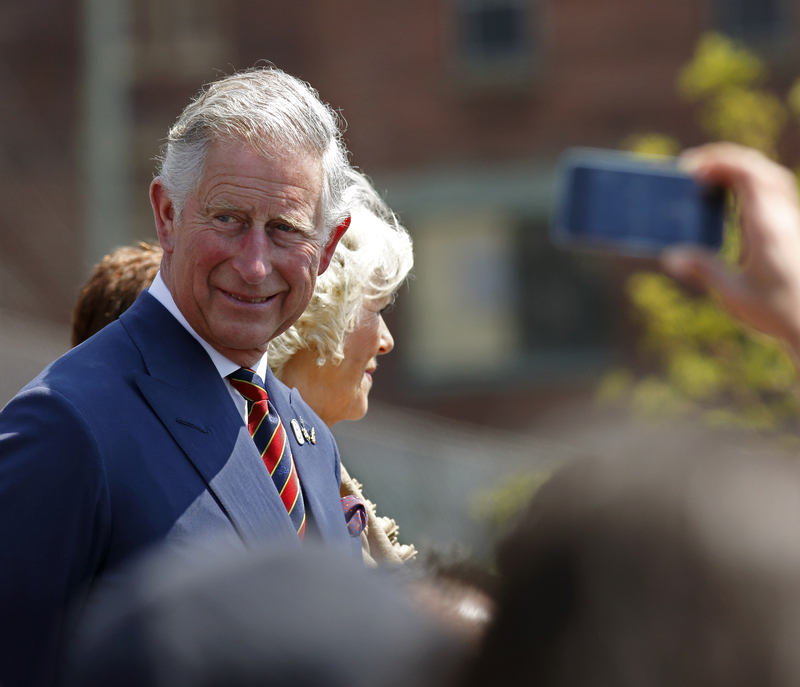
Thank you for the explanation, I was a little confused about it.